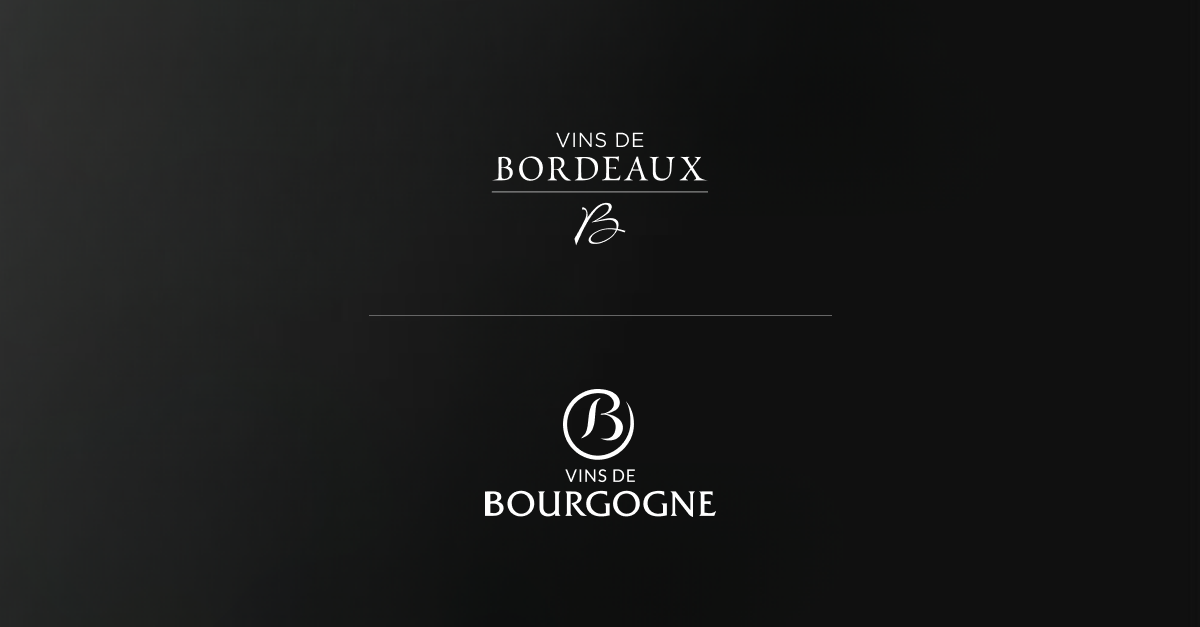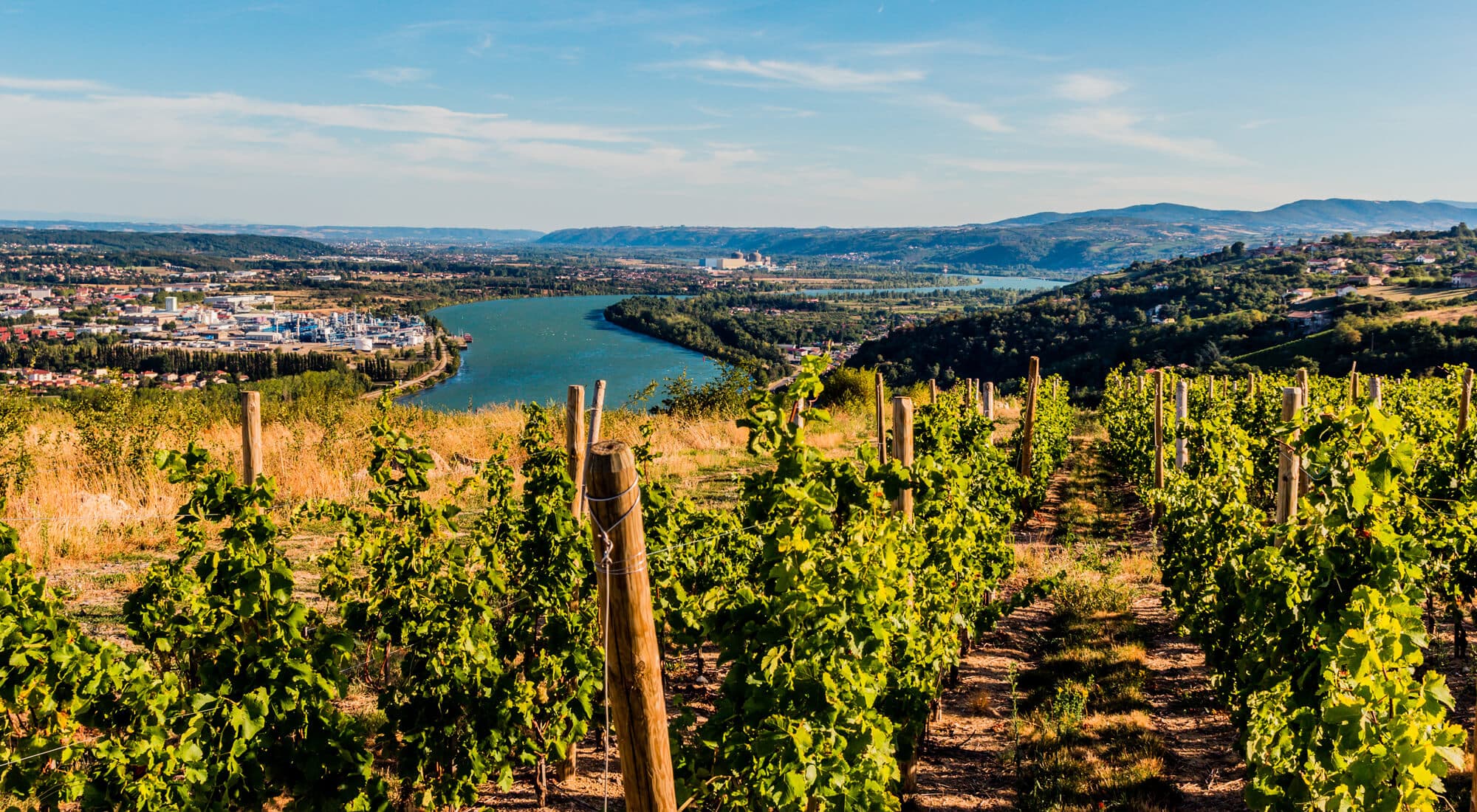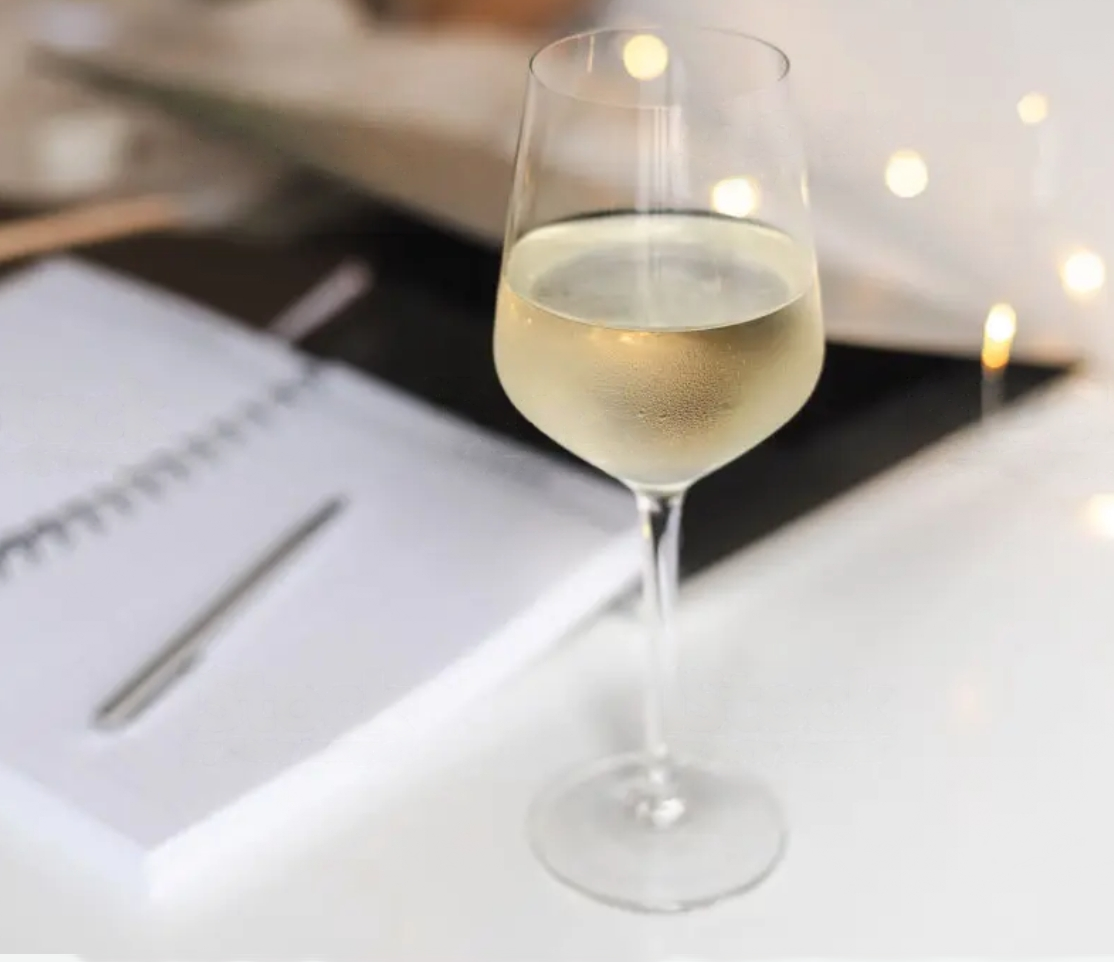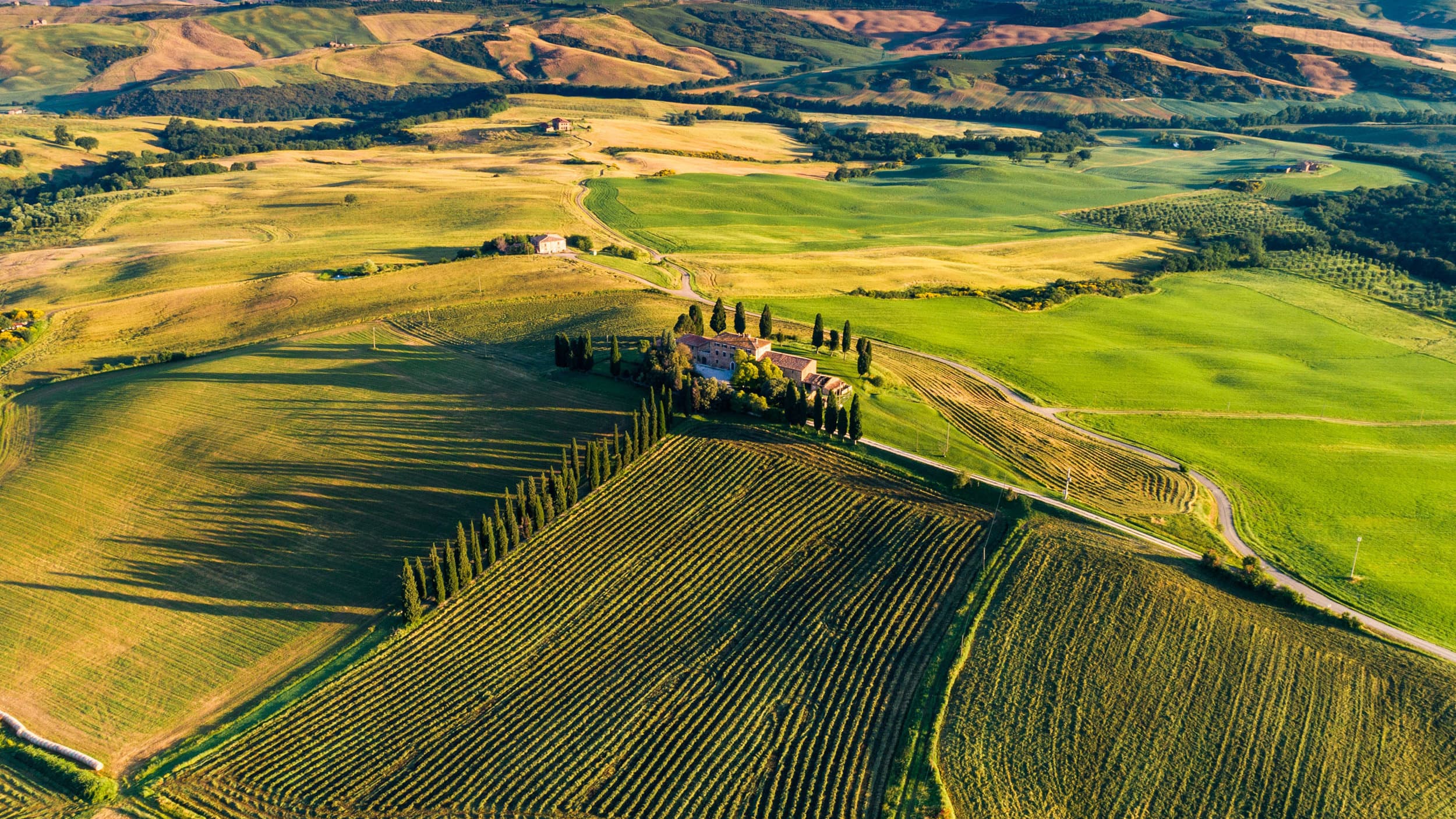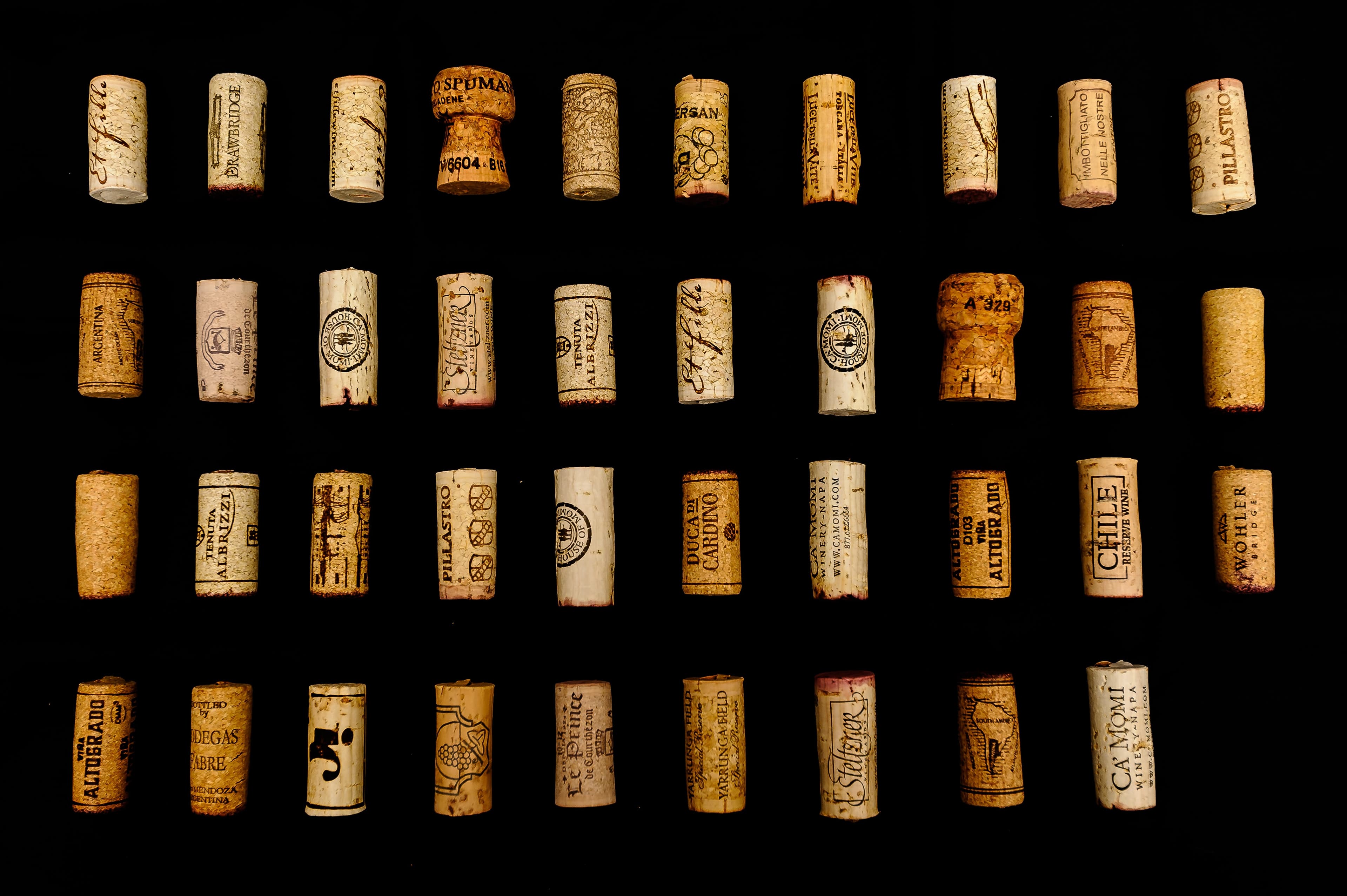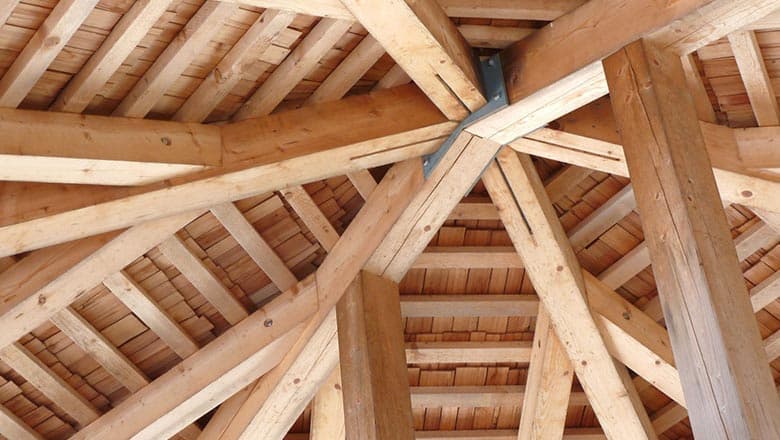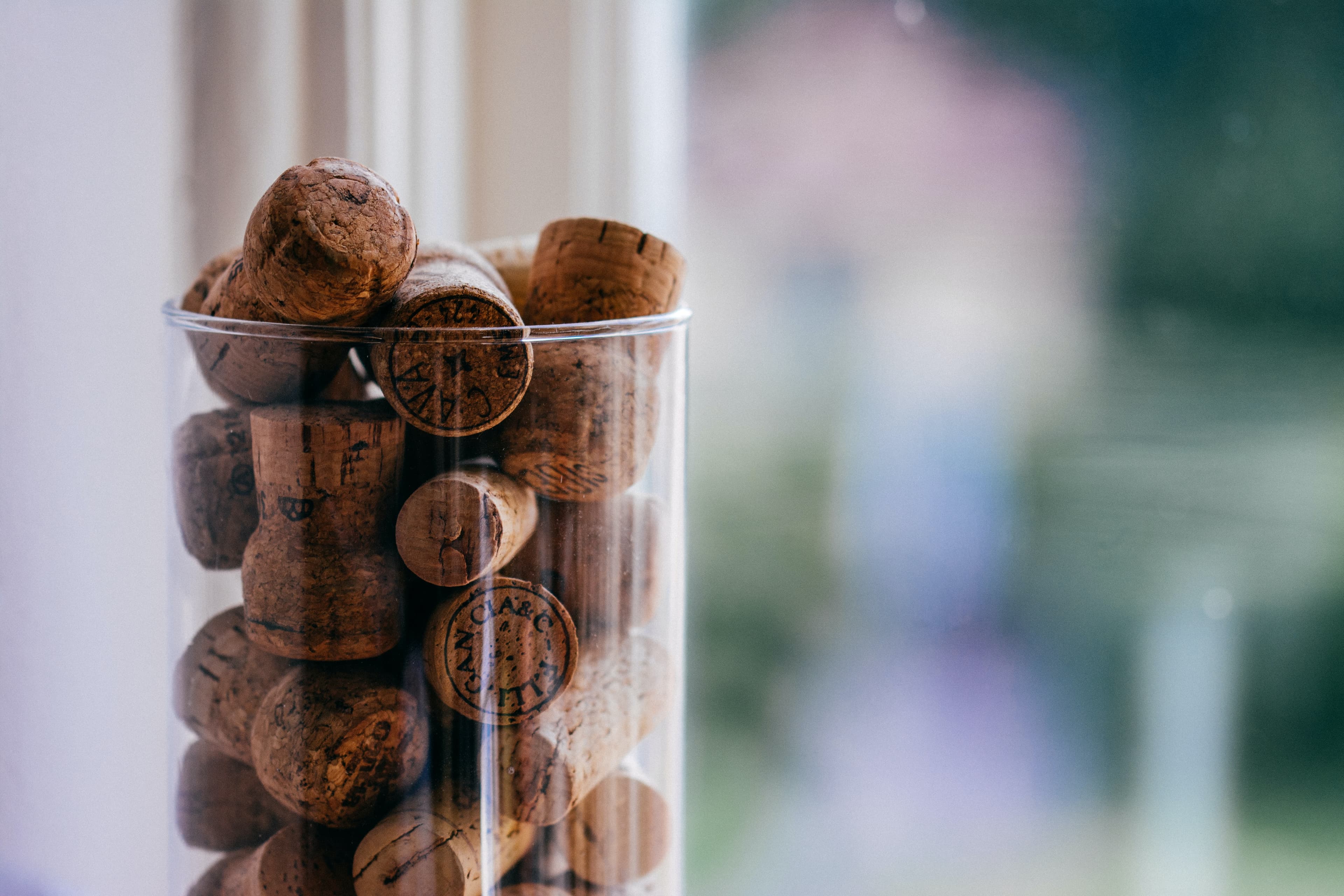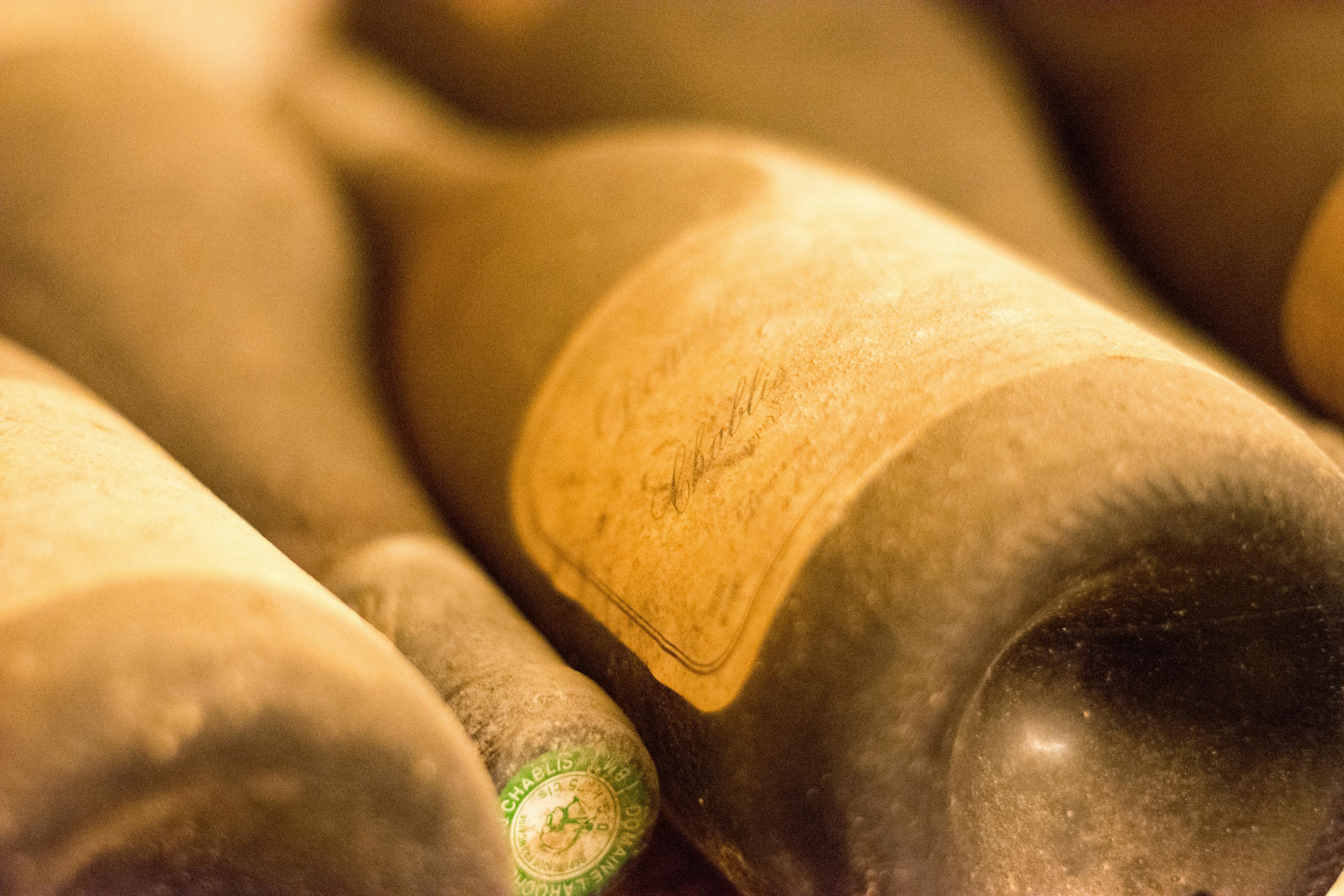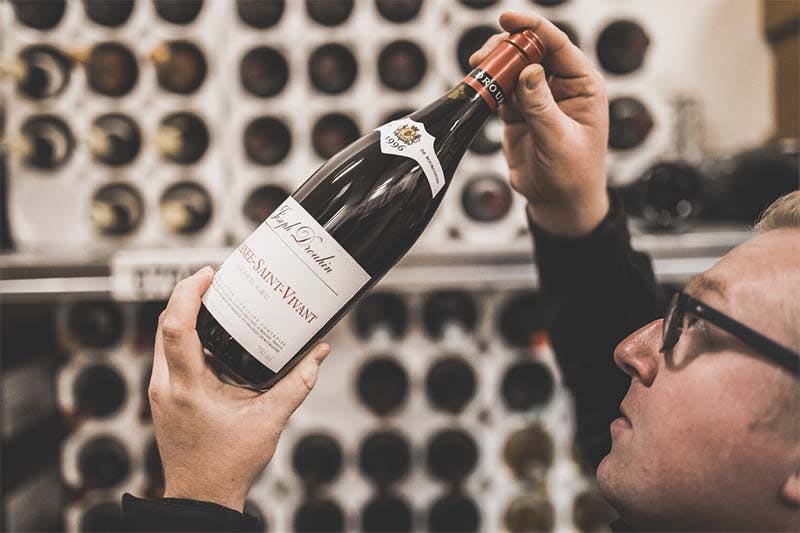
Discover the meticulous craftsmanship behind Chateau Palmer, a name synonymous with excellence in the world of fine wines. Nestled in the heart of Bordeaux, this esteemed vineyard has been producing some of the world's most revered wines for centuries. The dedication to quality begins in the vineyard, where careful attention to soil health and vine management lays the foundation for exceptional wines. From the selection of grapes to the aging process in oak barrels, every step is a testament to the art of winemaking. Join us as we delve into the rich history and sophisticated techniques that make Chateau Palmer a true icon in the wine industry.
The Winemaking Process: From Vine to Bottle
The winemaking process at Chateau Palmer is a meticulous journey that transforms simple grapes into exquisite wines, revered globally. This begins in the vineyard, where a commitment to biodynamic practices ensures that every vine is nurtured in harmony with the environment. The selection of grapes is rigorously controlled, with only the best fruit making it to the next stage.
Once harvested, the grapes undergo a careful sorting process to guarantee that only the healthiest and most mature are used. Fermentation takes place in wooden vats, tailored to preserve the unique characteristics of each varietal and vineyard plot. This attention to detail extends to the aging process, where the wine matures in oak barrels, a crucial phase that contributes to its complexity and flavor profile.
Biodynamic Farming: Enhances the natural growth cycle of vines.
Selective Harvesting: Ensures only the best grapes are used.
Tailored Fermentation: Optimizes the expression of each varietal.
Barrel Aging: Develops depth and adds subtle nuances.
Each step is a testament to the dedication and expertise that Chateau Palmer invests in crafting wines that are not only enjoyed but celebrated worldwide.
Harvesting Techniques: Ensuring Optimal Grape Quality
At Chateau Palmer, the harvesting techniques are meticulously designed to ensure the optimal quality of grapes, which is crucial for producing their esteemed wines. The process begins with the timing of the harvest, which is critical and based on the precise maturation of the grapes. This timing is determined by regular testing of grape sugar levels and acidity to ensure they reach the perfect balance.
Selective Picking: Workers at Chateau Palmer handpick the grapes, selecting only the best fruit. This selective process helps in maintaining the high quality of the harvest, as each grape bunch is scrutinized before being picked.
Use of Technology: Modern technology complements traditional methods at Chateau Palmer. Tools like infrared cameras and drones monitor the vineyard's health, ensuring that the areas harvested are at their peak.
Sustainable Practices: Sustainability is a core component of the harvesting techniques. Organic farming methods are employed, avoiding chemical pesticides and fertilizers, which supports the health of the soil and the ecosystem.
Immediate Processing: Once harvested, grapes are quickly transported to the winery to prevent spoilage and maintain freshness. This rapid processing preserves the natural flavors and quality of the grapes.
For more insights, explore these facts about Chateau Palmer's unique approach to winemaking.
The Art of Blending: Creating the Perfect Balance
At Chateau Palmer, the art of blending is a meticulous process that aims to achieve the perfect balance of flavors and aromas, ensuring each vintage reflects the estate's unique terroir. This process begins with the careful selection of grape varieties, each chosen for their specific contributions to the final blend. The primary grapes used are Merlot, which provides richness and depth, and Cabernet Sauvignon, known for its structure and longevity.
Selection of Grapes: Each variety is harvested at its optimal ripeness to ensure the best possible flavor profile.
Tasting and Testing: After fermentation, each batch is tasted and tested by a team of expert winemakers who assess the wine's characteristics.
Creating the Blend: The winemakers then experiment with different combinations of Merlot and Cabernet Sauvignon, along with smaller amounts of Petit Verdot, to create a harmonious blend.
Aging: Once the blend is finalized, the wine is aged in oak barrels, which contributes to its complexity and elegance.
The final product is a testament to the skill and dedication of the Chateau Palmer team, offering a wine that is not only balanced but also has the potential to store well, developing richer flavors over time.
Barrel Aging: Types of Oak and Their Influence
Barrel aging is a crucial process in the production of Chateau Palmer, significantly influencing the flavor, texture, and overall complexity of the wine. The choice of oak and the characteristics of the barrels play pivotal roles in this transformation.
American Oak: Known for its wider grain and sweeter notes, American oak imparts distinct flavors of vanilla, coconut, and caramel. Wines aged in these barrels tend to have a bolder, more robust profile, which can beautifully complement the structured, tannic nature of Chateau Palmer.
French Oak: French oak barrels, with their tighter grain and subtler influence, are often chosen for their ability to enhance the wine’s inherent qualities without overwhelming it. They lend refined notes of spice, such as clove and cinnamon, and a silky texture that elevates the elegance of the wine.
Hybrid Barrels: Some winemakers employ barrels made from a combination of oak types to marry the characteristics of both American and French oak. This method can create a balanced profile, integrating the boldness of American oak with the sophistication of French oak.
Understanding these nuances can greatly enhance your appreciation of Chateau Palmer. Learn more about how to serve it to best express its unique qualities.
The Role of the Winemaker: Artistry and Science Combined
The winemaker at Chateau Palmer masterfully blends artistry and science, ensuring each vintage not only reflects the unique terroir but also resonates with the wine's storied heritage. This role is pivotal as it involves careful decision-making that impacts every aspect of production, from the vineyard to the bottle.
Vineyard Management: The winemaker's decisions in the vineyard are crucial. They must consider soil health, vine age, and microclimates to optimize grape quality. This involves scientific knowledge about sustainable practices and an artistic touch in choosing the right time for harvesting.
Fermentation Process: Balancing the science of temperature control and yeast selection with the art of timing and sensory evaluation is key during fermentation. The winemaker's expertise ensures that the flavors and aromas are developed to their full potential.
Aging and Blending: The aging process is where the winemaker's artistry truly shines. Deciding the type of oak barrels, the duration of aging, and the proportion of blends requires a deep understanding of how these factors influence the final product.
Quality Control: Throughout the process, the winemaker must continually assess the quality of the wine, making adjustments as necessary to maintain the desired profile.
Understanding these intricate details can enhance your appreciation of Chateau Palmer, especially when considering food pairings that complement its complex character.
Quality Control: Maintaining High Standards
At Chateau Palmer, quality control is an integral part of maintaining the esteemed reputation that this winery has cultivated over the years. The process begins in the vineyard, where meticulous attention is paid to the health and maturity of each vine. Only the best grapes are selected for production, ensuring that every bottle reflects the high standards Chateau Palmer is known for.
Vineyard Management: The team employs sustainable farming practices to preserve the natural environment and enhance the quality of their grapes. This includes careful soil management and the use of organic fertilizers that enrich the vineyard without harming the ecosystem.
Harvesting Techniques: Grapes are handpicked with precision timing to ensure they are at their optimal ripeness. This labor-intensive process helps maintain the delicate balance of flavors that Chateau Palmer wines are celebrated for.
Fermentation and Aging: Controlled fermentation techniques and aging in fine oak barrels allow for the development of complex flavor profiles. Each batch is monitored closely to ensure consistency and quality.
Bottling and Storage: Before bottling, the wine undergoes rigorous testing to meet quality standards. The storage conditions are then optimized to preserve the wine’s character and longevity.
Understanding the history of Chateau Palmer enriches the appreciation of the effort put into every bottle, highlighting a legacy of quality that continues to evolve.
Innovations in Winemaking at Chateau Palmer
Chateau Palmer, renowned for its rich history in Bordeaux winemaking, has embraced several innovative practices that significantly enhance the taste of their wines. These innovations not only refine the quality but also ensure sustainability and consistency in every bottle produced.
Precision Viticulture: Chateau Palmer has adopted precision viticulture techniques which involve using GPS and GIS technologies to manage vineyards with high accuracy. This approach allows for meticulous monitoring and management of soil variability and vine health, ensuring that each vine receives exactly what it needs to thrive.
Biodynamic Practices: In an effort to align more closely with natural processes, Chateau Palmer has implemented biodynamic farming practices. This holistic approach treats the vineyard as a self-sustaining ecosystem, focusing on the integration of plants, animals, and soil health. These practices help in maintaining the balance of the vineyard, enhancing the grape quality and, consequently, the wine.
Innovative Fermentation Techniques: The winery has also experimented with innovative fermentation methods, such as using different types of yeast and controlling fermentation temperatures more precisely. These techniques allow for better expression of the wine’s aromatic profile and complexity.
Aging and Blending: Chateau Palmer utilizes a unique combination of oak barrel aging and precise blending techniques. By carefully selecting the origin and toast level of the barrels, the winery can influence the wine's flavor profile, adding subtle nuances that enhance its overall character.
These forward-thinking practices at Chateau Palmer ensure that each vintage not only upholds the legacy of the estate but also sets new standards in the wine industry.
The Importance of Manual Labor in Vineyard Management
In the world of fine wine, the role of manual labor cannot be overstated, particularly in prestigious vineyards like Chateau Palmer. The meticulous care and attention that human hands provide are essential for cultivating vines that produce high-quality grapes. This labor-intensive process ensures that each vine receives individual attention, which is crucial for maintaining the health and vigor of the plants.
Pruning and Training: Vines must be carefully pruned and trained by hand. This not only helps control the shape and yield of the vine but also ensures better exposure to sunlight, which is vital for optimal grape maturation.
Soil Management: Workers tend to the soil manually to maintain its fertility. This includes the crucial tasks of tilling, weeding, and managing cover crops without the reliance on harmful chemical herbicides.
Harvesting: The harvest is perhaps where manual labor is most appreciated. Workers select and pick grapes based on optimal ripeness, a task that machines cannot replicate with the same level of precision.
Pest and Disease Control: Regular monitoring and immediate handling of pests and diseases manually help prevent widespread damage to the vines, ensuring the health of the entire vineyard.
By enjoying Chateau Palmer, connoisseurs are not only savoring a fine wine but also supporting the traditional vineyard practices that emphasize quality and sustainability.
Education and Training of Vineyard Staff
At Chateau Palmer, the education and training of vineyard staff are pivotal to maintaining the high standards of wine production. The training program is comprehensive, covering both the theoretical aspects of viticulture and the practical skills needed in the vineyard. Staff members are taught about the lifecycle of vines, soil health, climate impact, and sustainable farming practices, ensuring they understand the ecosystem they work within.
Theory and Practice: New employees undergo a rigorous training program that includes classroom learning and fieldwork. This dual approach helps them quickly integrate theoretical knowledge with practical vineyard tasks.
Ongoing Education: Chateau Palmer believes in lifelong learning. Even experienced workers attend workshops and seminars to stay updated on the latest viticultural techniques and technologies.
Specialized Training: Depending on their roles, staff may receive specialized training in areas such as organic farming practices or advanced machinery operation, which are crucial for producing popular vintages.
Quality Focus: The training also emphasizes the importance of attention to detail and a meticulous approach to vineyard management, which directly influences the quality of the wine.
This structured training ensures that Chateau Palmer’s team is skilled, knowledgeable, and prepared to contribute to the production of exceptional wines.
Crafting Each Vintage: A Yearly Challenge
Crafting each vintage of Chateau Palmer is a complex, year-round endeavor that reflects both the unique characteristics of each growing season and the winery's commitment to excellence. Here's a look at the key stages in the annual cycle:
Winter Pruning: The process begins in the dormant winter months with pruning. This crucial step determines the number of shoots on each vine, influencing grape yield and quality.
Spring Budbreak and Flowering: As temperatures rise, vines awaken with budbreak followed by flowering. This period is critical as frost can damage the young buds, potentially impacting the harvest.
Summer Growth and Veraison: Throughout summer, the focus shifts to managing vine growth and health. Techniques like leaf thinning are employed to ensure adequate sunlight and air circulation. Veraison, when grapes change color and begin to ripen, marks a pivotal phase in flavor development.
Autumn Harvest: The timing of the harvest is crucial and based on optimal grape maturity, which varies each year due to climatic conditions. Precision in picking times is essential to capture the desired balance of sugar, acidity, and tannins.
Fermentation and Aging: Post-harvest, grapes undergo fermentation and the young wine is carefully aged, often in oak barrels, to develop its distinctive character and complexity.
Each of these stages requires meticulous attention to detail and adaptability to the whims of nature, making every vintage of Chateau Palmer a unique expression of the year's climatic challenges and triumphs.
Conclusion
In conclusion, the meticulous craftsmanship behind Chateau Palmer is what sets it apart in the world of fine wines. From the careful selection of terroir to the precision in the winemaking process, every step is a testament to the dedication and expertise that Chateau Palmer invests in each bottle. This commitment to quality not only enhances the wine's complexity and depth but also ensures its longevity and potential for appreciation over time.
For wine enthusiasts and collectors, understanding the craftsmanship behind such a prestigious label adds an invaluable layer of appreciation. At Rekolt, we recognize the importance of preserving the integrity and value of fine wines like those from Chateau Palmer. That's why we offer specialized services such as professional cellar storage and expert handling, ensuring that these exquisite wines are maintained in optimal conditions until they are ready to be enjoyed or traded.
Whether you are looking to expand your collection, invest in wine, or simply savor a piece of winemaking art, Chateau Palmer represents a remarkable choice. With Rekolt's secure and professional storage solutions, you can rest assured that your investment is well protected, allowing you to enjoy the true essence and potential of your wine at its peak. Embrace the heritage and craftsmanship of Chateau Palmer, and let Rekolt help you manage your fine wine journey with confidence and ease.
Share this article
